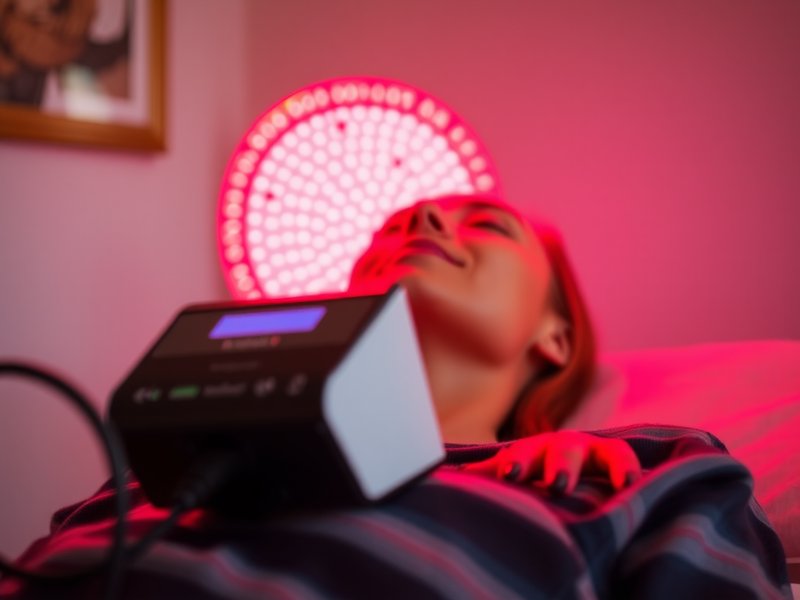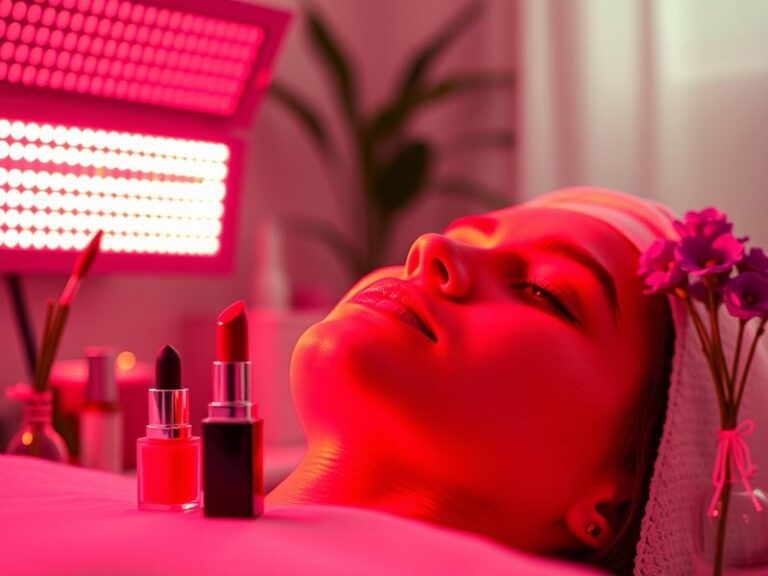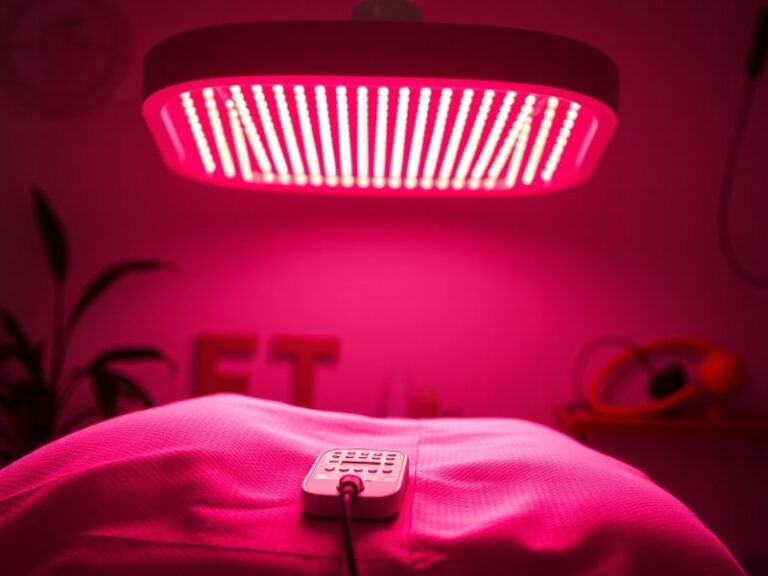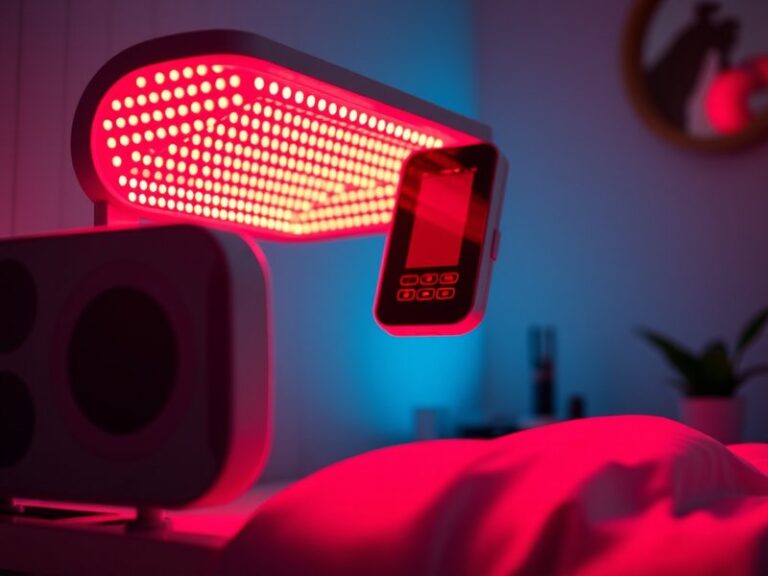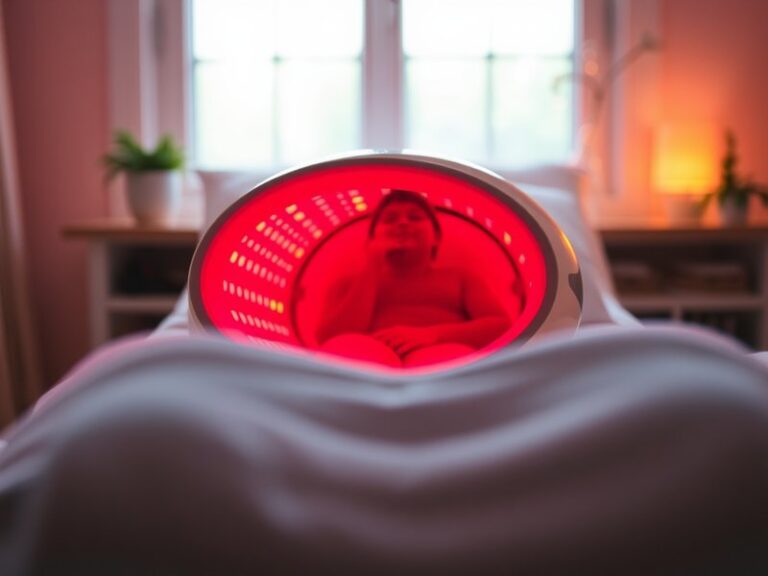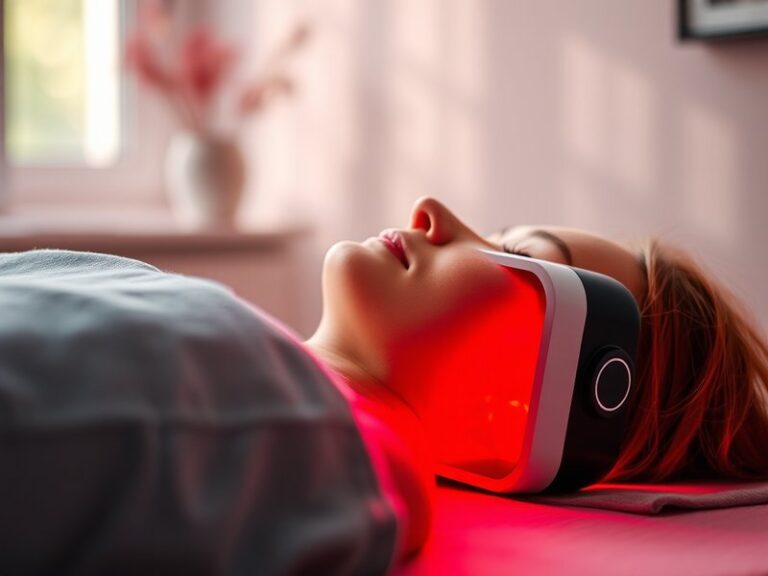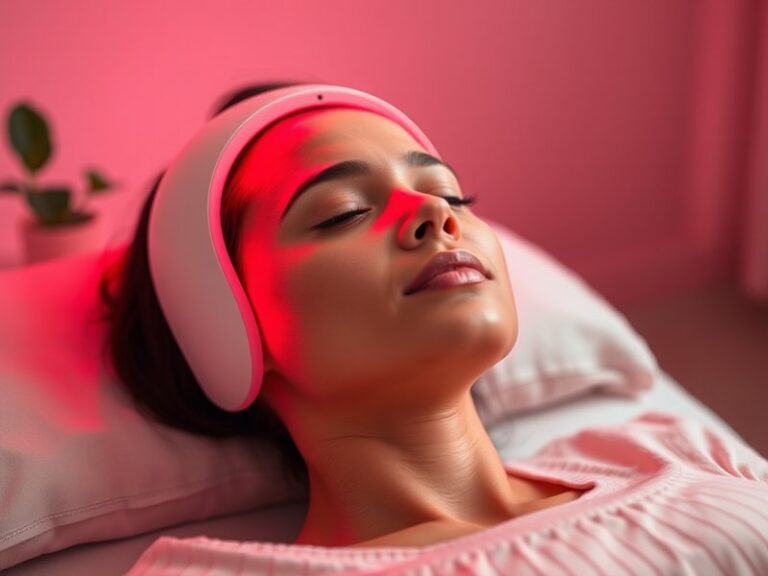Can I Have Too Much Red Light Therapy?
Can I Have Too Much Red Light Therapy?
Is it possible to overdo red light therapy?
In recent years, red light therapy (RLT) has surged in popularity as a non-invasive treatment for a variety of health and wellness issues. From skin rejuvenation to pain relief, its allure is evident. However, many people wonder about the potential risks associated with excessive use. In this article, we will explore whether it is possible to have too much red light therapy, the benefits of this treatment, and the considerations to keep in mind when using it.
Key Takeaways
- Red light therapy can be beneficial for various conditions but may have diminishing returns or unwanted side effects with excessive use.
- Individual tolerance and treatment goals play a significant role in determining the optimal amount of RLT.
- It is essential to consult with a healthcare professional before beginning any new treatment regimen, including red light therapy.
What is Red Light Therapy?
Red light therapy, often referred to as low-level laser therapy (LLLT) or photobiomodulation, involves the use of specific wavelengths of light, typically ranging from 600 to 1000 nanometers. This therapy aims to stimulate cellular function and promote healing, targeting issues like inflammation, wound healing, and skin conditions.
This therapy works by penetrating the skin and stimulating cellular energy production, particularly in mitochondria. Increased ATP (adenosine triphosphate) production enhances cellular repair and regeneration, leading to various therapeutic effects.
What are the Benefits of Red Light Therapy?
Understanding the advantages of red light therapy can help individuals make informed decisions about its use.
Enhanced Skin Health
Red light therapy is known for its ability to improve skin appearance. It promotes collagen production, reduces wrinkles, and accelerates the healing of scars and blemishes. Many users report a more youthful and radiant complexion after regular treatments.
Pain Relief and Inflammation Reduction
RLT has been shown to aid in pain management by reducing inflammation in conditions like arthritis or tendonitis. Studies suggest that it can diminish pain levels and enhance recovery times for injuries.
Improved Muscle Recovery
Athletes frequently use red light therapy to speed up muscle recovery after intense workouts. It enhances circulation and oxygen delivery, reducing soreness and promoting faster healing of muscle tissues.
Additional Benefits
- Improved Sleep Quality: Some research indicates that exposure to red light therapy can help regulate circadian rhythms, resulting in better sleep.
- Hair Growth Stimulation: Preliminary studies have shown that red light therapy may promote hair growth in individuals suffering from androgenetic alopecia (male or female pattern baldness).
Is it Possible to Overdo Red Light Therapy?
While red light therapy is generally considered safe, it’s essential to recognize that more isn’t always better. Overuse can lead to diminished effectiveness and potential side effects. High dosages or prolonged exposure may not yield greater benefits and could instead cause skin irritation or discomfort in sensitive individuals.
What are the Advantages of Controlled Use?
Utilizing red light therapy at the recommended exposure levels allows for a balanced approach, maintaining its effectiveness while minimizing risks.
What are the Disadvantages of Overuse?
Potential downsides of overusing red light therapy include:
- Skin Irritation: Excessive exposure may cause redness, irritation, or an uncomfortable sensation similar to sunburn.
- Diminished Returns: As with many therapies, the body can reach a saturation point, where additional treatments produce negligible results.
- Potential for Eye Damage: Incorrect use of devices may pose risks to eye health, especially with higher intensities.
What are the Things to Consider Before Using Red Light Therapy?
Before beginning red light therapy, it’s crucial to consider various factors to ensure safe and effective use.
Consult with a Healthcare Professional
Always consult with a qualified healthcare provider to ensure that red light therapy is an appropriate option for your specific needs, especially if you have underlying health issues.
Consider Treatment Goals
Define your treatment goals before starting. Knowing what you aim to achieve can help determine the optimal duration and frequency of therapy sessions.
Be Mindful of Skin Sensitivity
If you have sensitive skin or a history of skin reactions, monitor how your skin responds in the initial sessions. Adjust the exposure duration as necessary to avoid irritation.
Regularly Reassess Your Routine
Periodically evaluate the effectiveness of the therapy and adjust your routine accordingly. If you notice unwanted side effects, consider decreasing the frequency or duration of treatments.
What are the Alternatives to Red Light Therapy?
If you’re looking for options beyond red light therapy, several alternatives may offer similar benefits.
Cold Laser Therapy
Also known as low-level laser therapy, this approach uses specific wavelengths to reduce pain and inflammation, similar to RLT.
Infrared Sauna Therapy
Using infrared heat, these saunas promote detoxification, improve circulation, and provide a relaxing experience, which can also enhance muscle recovery.
Electrical Stimulation Therapies
Devices that use electrical impulses can help relieve pain and enhance muscle function, providing a different method of treatment that may complement RLT.
Conclusion: Is it Recommended to Use Red Light Therapy?
Red light therapy can be a powerful tool for healing and rejuvenation when used appropriately. While it carries many benefits, individuals should be cautious of overuse to avoid potential side effects. Consulting with a healthcare provider and regularly reassessing treatment goals can help ensure optimal usage.
Frequently Asked Questions
Can I use red light therapy every day?
Daily use is generally safe for most people, but it’s important to consult with a healthcare professional to determine the best frequency for your specific needs.
Are there side effects of red light therapy?
Side effects are rare but can include temporary skin irritation or discomfort. If you notice any adverse effects, reduce the frequency or duration of your sessions.
How long should each red light therapy session last?
Session lengths typically range from 5 to 20 minutes, depending on the device used and treatment goals. It’s advisable to start with shorter sessions and gradually increase as your skin adjusts.
Learn the background in Is Ultherapy Like Red Light Therapy?
Learn more with our post on Can I shower after red light therapy?
Can red light therapy help with acne?
Yes, red light therapy may help reduce acne by lowering inflammation and promoting healing within the skin. However, results can vary from person to person.
Is there a risk of eye damage with red light therapy?
Improper use or insufficient eye protection can lead to eye damage. Always follow safety guidelines and use protective eyewear when necessary.
